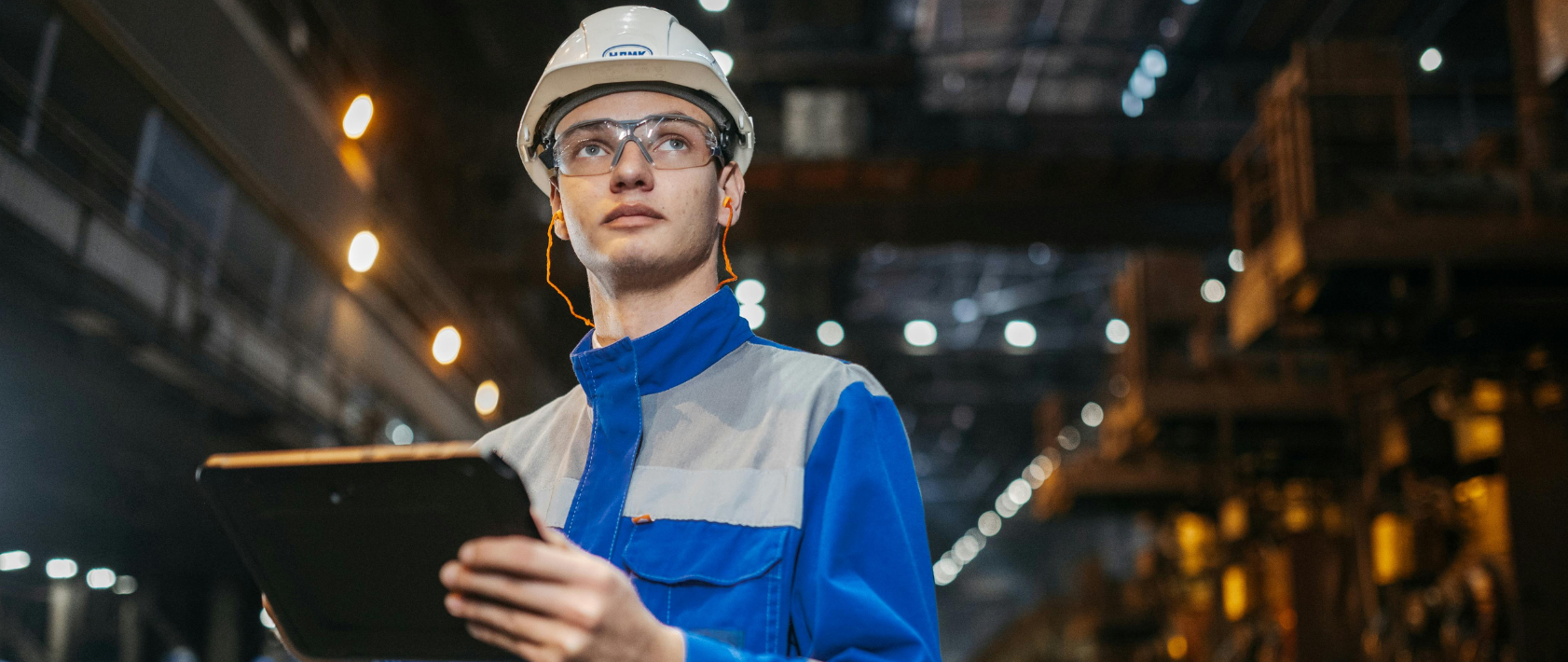Why Your Manufacturing Execution System Didn’t Fail

Blog
23 September 2025Why Your Manufacturing Execution System Didn’t Fail
Your MES didn’t fail, but it may feel like it did.
Many MES platforms in use today are years (or even decades) old, built for the technological and business realities of their time. Manufacturing, however, has changed dramatically since then. Industry 4.0, AI, cloud computing, and modern supply chain integration have reshaped expectations, making older MES implementations seem outdated or underperforming.
But here’s the truth: your MES is still a foundation for growth. Despite its age and challenges, it remains a critical system that can evolve with your business.
Built to Spec, But the World Moved On
When your MES was first implemented, it was designed to meet specific production needs of that moment. At the time, static reports and dashboards were cutting-edge. Today, MES solutions are expected to be dynamic, mobile, and deeply integrated into enterprise decision-making.
The original design intent wasn’t flawed, it simply predated the widespread adoption of Industry 4.0, artificial intelligence, and cloud-native solutions.
Acquisition Complexity
Over the years, mergers and acquisitions often introduced multiple legacy systems into a single enterprise. Integrating these systems with your MES added layers of complexity that weren’t accounted for in the original blueprint.
The result is not failure, but a system burdened by integrations it was never intended to handle.
One-Off Project Creep
In many plants, quick fixes and one-off projects multiplied over time. Each patch solved an immediate problem, but collectively they created fragmentation and complexity.
This makes your MES appear outdated or clunky, even if its core functions are still reliable.
Evolving Business Needs
These systems were designed to support growth, and many did so successfully for years. But as product lines expanded, supply chains grew more complex, and global competition increased, business needs outpaced what the original system could deliver.
Again, this isn’t failure. It’s the natural gap between yesterday’s requirements and today’s realities.
The Path Forward: Modern MES Evolution
The good news is that MES technology has advanced dramatically, and modern platforms can extend the value of your existing investment.
Today’s MES solutions integrate advanced capabilities such as:
- Cloud computing for flexibility and scalability
- Artificial intelligence and machine learning for predictive insights
- Industrial IoT for real-time visibility across equipment and sites
- Low-code/no-code customization for rapid deployment and adaptation
Leading solutions, like AVEVA MES, now integrate seamlessly with ERP and supply chain systems, helping manufacturers achieve agile, resilient operations across diverse sites.
Your MES Didn’t Fail, It’s Evolving
Your MES is still the backbone of production. By embracing modernization, you can preserve what works while enhancing areas that need improvement. With the right strategy, upgrading can be simpler than you expect, unlocking new efficiencies and accelerating your digital transformation.
Partner with Actemium Avanceon
At Actemium Avanceon, we’ve helped manufacturers revitalize legacy MES platforms and extend them into modern, future-ready systems. Our team understands how to protect your investment while adding the capabilities needed for today’s dynamic manufacturing landscape.
Don’t let outdated systems hold you back. Partner with Actemium Avanceon to unlock new efficiencies and accelerate your MES journey.
Written by: Dan Purcell
Blog, MES

